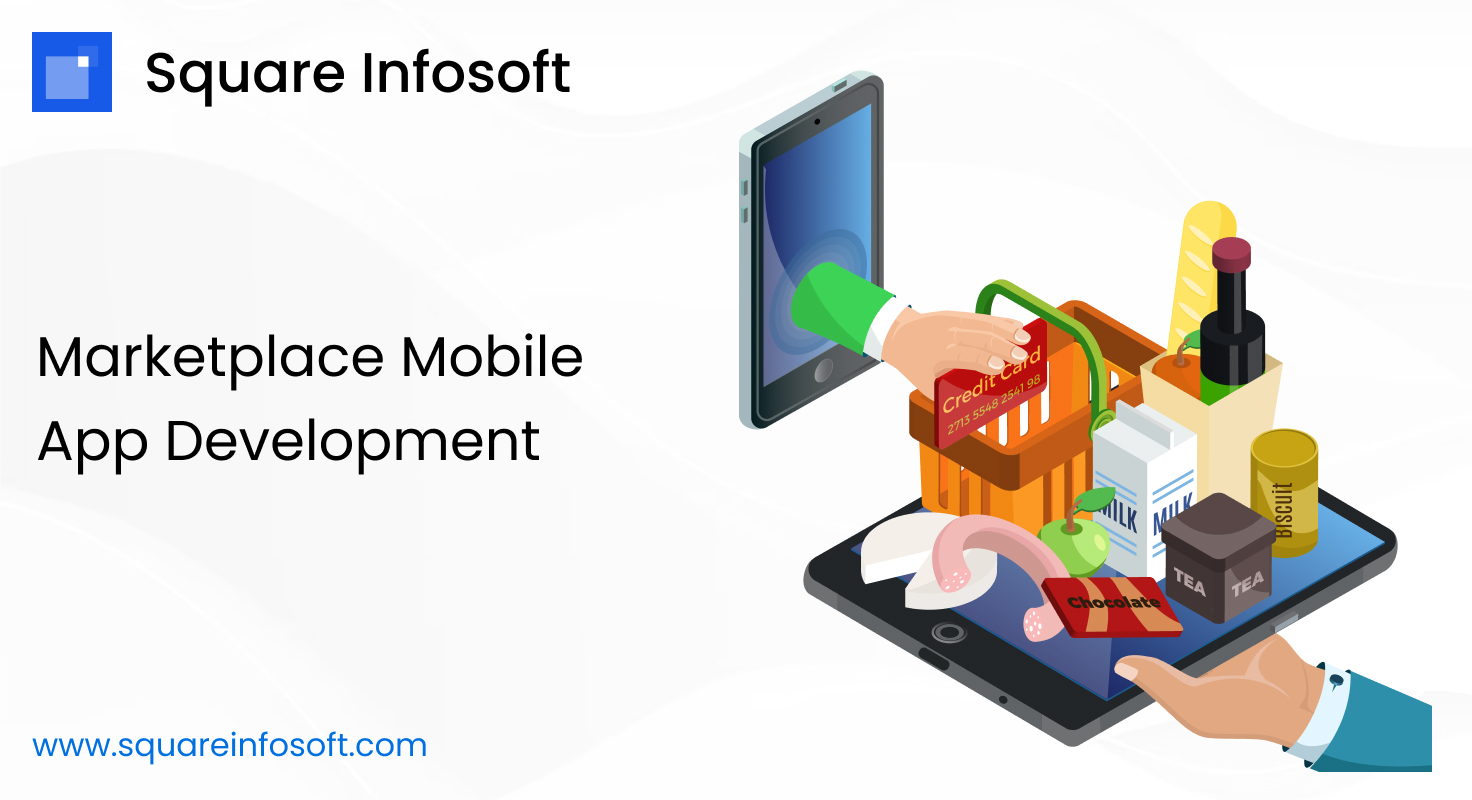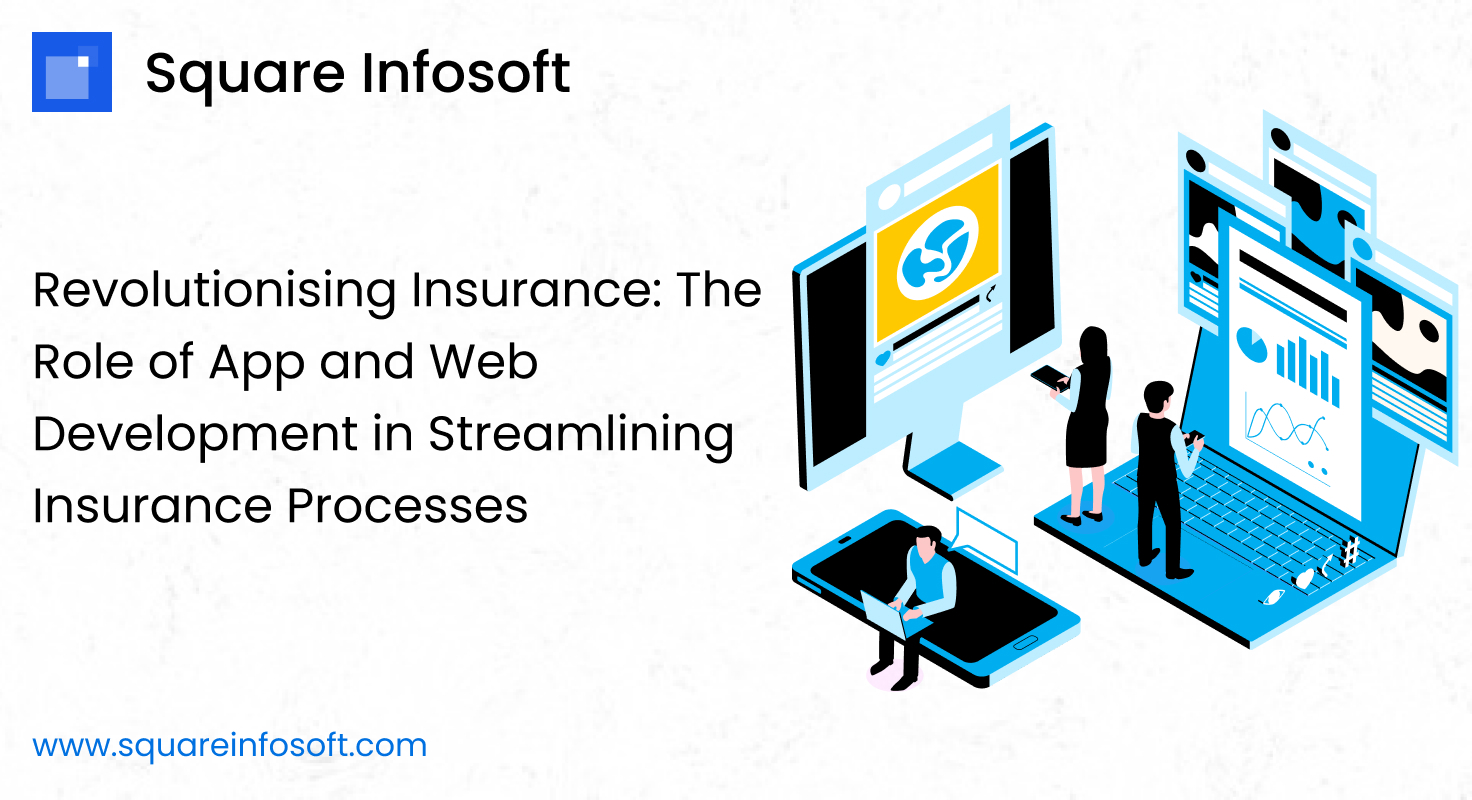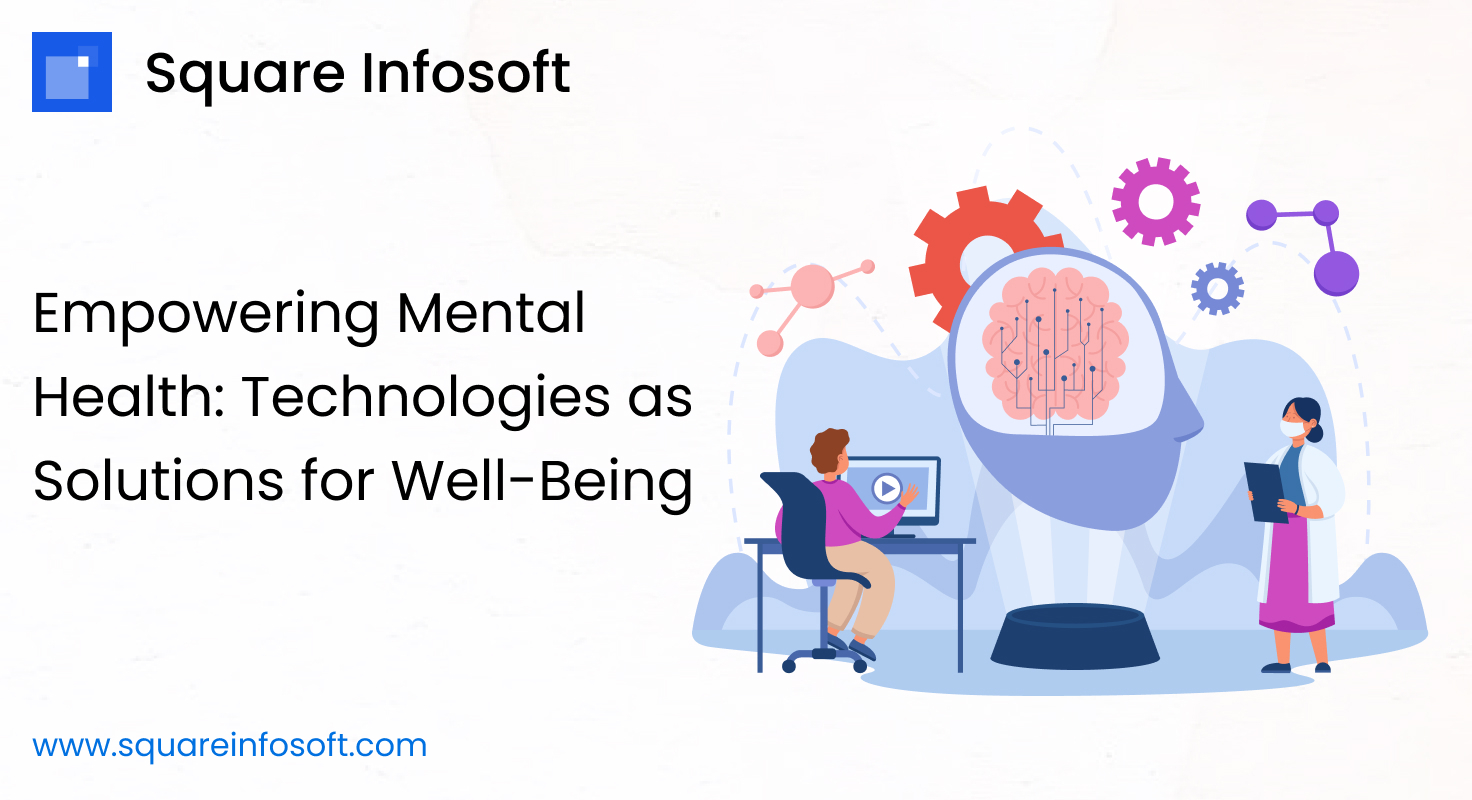Developing a marketplace app involves creating a platform where buyers and sellers can connect, transact, and exchange goods or services. Below are the key steps and features you should consider when developing a marketplace app:
1. Market Research:
Identify your target market and niche.
Analyze competitors to understand their strengths and weaknesses.
Define the unique value proposition of your marketplace.
2. Choose Your Marketplace Type:
Decide whether it’s a product marketplace (e.g., Etsy, Amazon) or a service marketplace (e.g., TaskRabbit, Upwork).
3. User Roles:
Buyers:
Easy registration and profile creation.
Browse products/services.
Add items to the cart.
Secure payment options.
Sellers:
Simple onboarding and store setup.
Inventory management.
Order processing and fulfillment.
Payment and commission tracking.
4. Search and Filters:
Implement robust search functionality.
Filters for categories, price range, location, etc.
5. Product/Service Listings:
High-quality images and detailed descriptions.
Multiple images per listing.
Pricing, shipping, and availability details.
6. Shopping Cart and Checkout:
Smooth and secure checkout process.
Multiple payment options (credit card, digital wallets, etc.).
Order confirmation and tracking.
7. User Reviews and Ratings:
Allow buyers to leave reviews and ratings.
Provide a transparent feedback system.
8. Messaging System:
In-app messaging for communication between buyers and sellers.
Notifications for new messages and orders.
9. User Authentication and Security:
Secure user authentication and authorization.
SSL encryption for data security.
10. Payment Gateway Integration:
Integrate reliable payment gateways.
Ensure secure transactions.
11. Geolocation Services:
Location-based services for local searches.
Maps integration for directions.
12. Push Notifications:
Alerts for order updates, promotions, and messages.
Personalized recommendations.
13. Analytics:
Implement analytics tools to track user behavior.
Monitor popular products, user engagement, and conversion rates.
14. Legal Considerations:
Ensure compliance with local and international e-commerce laws.
Draft clear terms of service and privacy policies.
15. Feedback and Support:
Provide customer support channels.
Gather and analyze user feedback for continuous improvement.
16. Social Media Integration:
Allow users to share their favorite products/services.
Social login options for ease of registration.
17. Scalability:
Build the app with scalability in mind to handle growth.
18. Testing:
Rigorous testing for usability, security, and performance.
Conduct beta testing to gather user feedback.
19. Launch and Marketing:
Plan a launch strategy.
Utilize digital marketing channels for promotion.
20. Community Building:
Create a community around your marketplace through forums or social media.
Building a successful marketplace app requires a focus on user experience, security, and trust between buyers and sellers. Regular updates, responsive customer support, and a commitment to refining your platform based on user feedback are crucial for long-term success.




